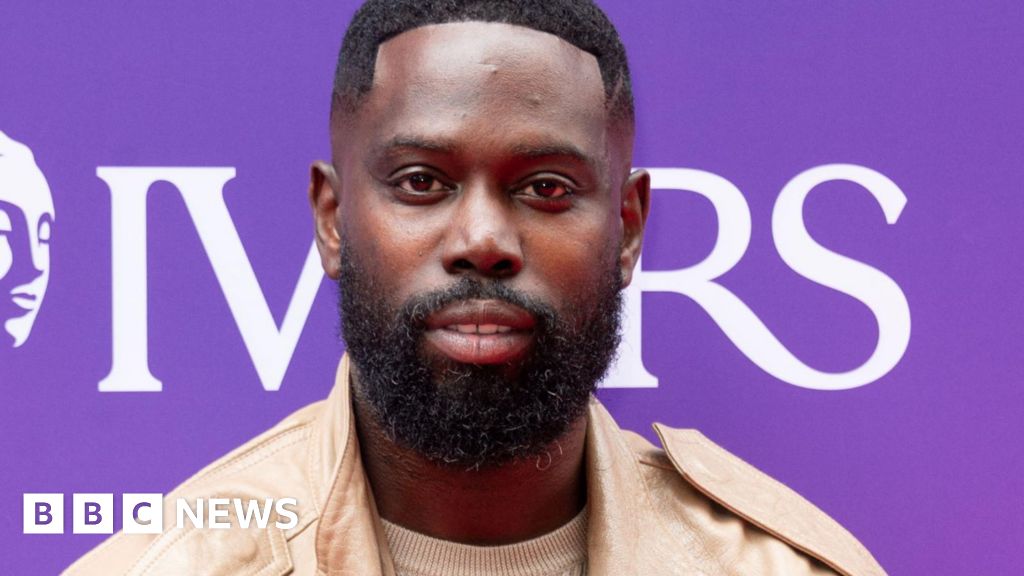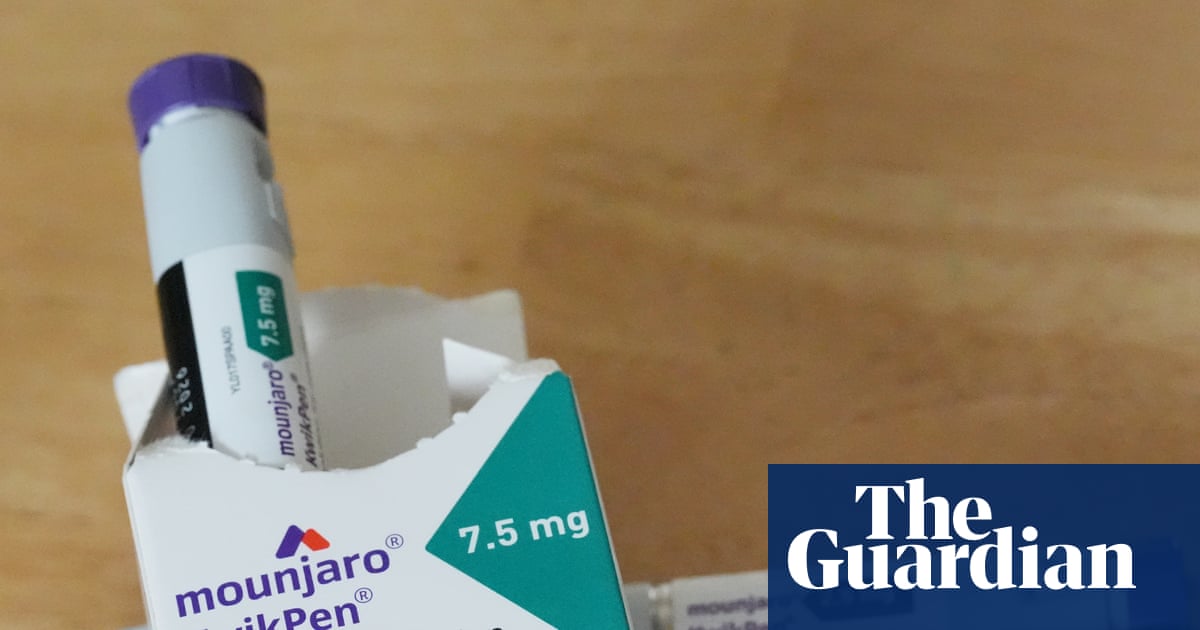Dr Ali Larijani – Secretary of the Iranian Supreme National Security Council – on Monday arrived in Islamabad on a historic visit to hold high-level meetings with Pakistani officials.
The visit is set to enhance…

Dr Ali Larijani – Secretary of the Iranian Supreme National Security Council – on Monday arrived in Islamabad on a historic visit to hold high-level meetings with Pakistani officials.
The visit is set to enhance…

There are a number of candidates for the title of the quietest natural place on Earth. It’s difficult to pinpoint the absolute quietest natural location, as it is highly variable due to the influence of, for example, noise produced by wind,…

NEW YORK – The UConn men’s basketball team received a pair of weekly honors from the BIG EAST on Monday (Nov. 24), with Eric Reibe taking home Freshman of the Week and Silas Demary Jr. nabbing a spot on the weekly honor roll. Reibe had a pair…

The rapper Ghetts is facing further charges of dangerous driving on the day he allegedly killed a young man in a hit-and-run collision.
The award-winning musician, whose real name is Justin Clarke-Samuel, allegedly failed to stop after his BMW hit…

According to the report by Pinsent Masons, published in partnership with the Financial Regulation Innovation Lab (FRIL), while industry retains some concerns about adopting cloud-based solutions, such as over whether their older systems can be successfully integrated into the cloud environment and over data security, these are “no longer seen as insurmountable blockers”.
The report explores attitudes, practices and regulation relevant to the use of cloud-based infrastructure and services in financial services – and how they compare to the challenges identified in a different study Pinsent Masons undertook with UK Finance back in 2016.
At that time, issues concerning the management of data, including around security, was identified as one of seven major hurdles to banks migrating to the cloud. However, while this year’s study, which entailed surveying and interviewing business leaders from organisations operating within the financial services sector, identified data security as one of number of “persistent data challenges”, just a third of survey respondents rated it an important or very important barrier to cloud adoption. In fact, more than 70% of those surveyed said enhanced security is one of the primary drivers for moving to the cloud.
“The focus [on data security] has shifted to the nuances of the cloud environment,” according to the Pinsent Masons/FRIL report. “This includes managing the network perimeter, the complexities of the shared responsibility model, where ownership ‘wasn’t always clearly mapped out’, and dealing with vendor terms that can be problematic, such as those that ‘won’t accept any liability for loss’ of client data.”
Other data issues that persist include around the quality of information institutions hold – which is highlighted in the report as a barrier to harnessing the full potential of AI – and around the data localisation requirements imposed by regulators around the world.
While the study found that there remain some ‘red lines’ for many financial services businesses over the types of functions they are willing to operate from the cloud, just a third of survey respondents said concerns about legacy systems coping with new cloud-based solutions are an important or very important barrier to cloud adoption today.
Other issues that have been perceived as major hurdles scored even lower on the importance scale, such as around regulatory compliance, vender lock-in, and the cost of migrating systems and data to the cloud.
Angus McFadyen of Pinsent Masons said: “As we’ve seen with numerous business critical cloud implementations, embedding the shared responsibility model into the organisation can be incredibly challenging – and with the increasing, but still limited, adoption of multi-cloud strategies for resilience purposes this is set to remain an issue for years to come.”
Mhairi Mival, also of Pinsent Masons, said: “The steady erosion of barriers to cloud adoption in financial services reflects a profound shift in industry priorities. What was once a landscape dominated by concerns over security, compliance, and operational risk is now giving way to confidence in cloud’s ability to deliver resilience, scalability, and regulatory alignment.”
Yvonne Dunn of Pinsent Masons added: “Risk aversion is, of course, a fundamental aspect of firms’ culture, shaped largely by the regulatory landscape in which they operate. This context has led to hesitation in adopting cloud services. Overcoming this hesitation requires engagement at the highest levels. The long-term cost of inaction and missed opportunities may ultimately outweigh the perceived short-term challenges of technological and cultural transformation.”

LMU researchers uncover the mechanism by which ribosomes raise alarms in the cell.
Ribosomes, the protein factories of the cell, are essential for all living organisms. They bind to mRNA and move along the messenger molecule,…

You’ll be able to pick a peck of Pokémon during November’s Pokémon GO Community Day when Pikipek, the Woodpecker Pokémon, flies in to be the star of the day. On Sunday, November 30, from 2:00 p.m….
The ITA reports that a sample collected on 22 June 2025 from Lukasz Olech, a mixed martial arts athlete from Poland, during an in-competition testing mission at the 2025 World Championships held in São Paolo…

People who stop using the weight-loss jab Mounjaro not only tend to regain weight, but experience a reversal in other health improvements too, research suggests.
Mounjaro, which contains the active ingredient tirzepatide, has become a popular…